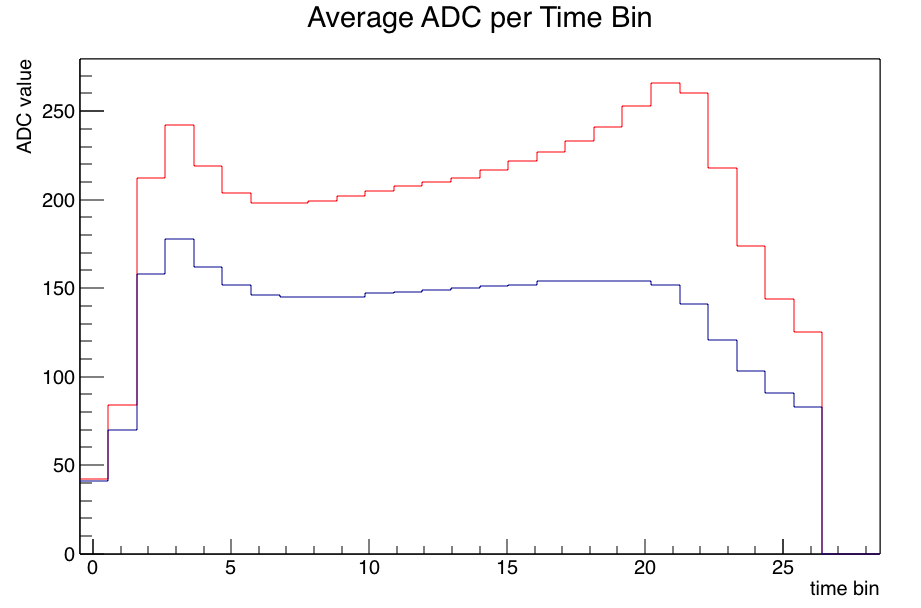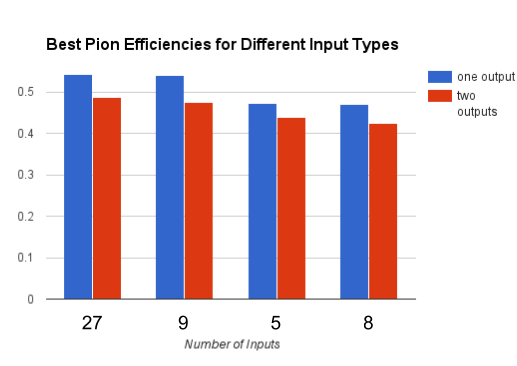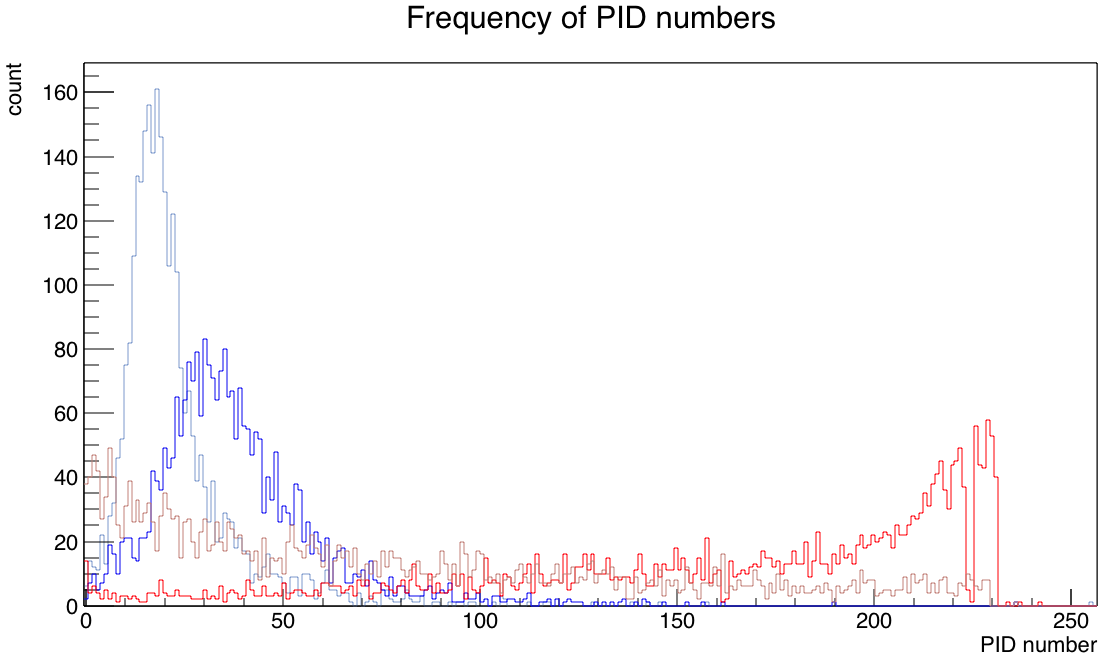Approach
The summation approach and the approach using artificial neural networks are compared based on pion efficiencies and the PID frequency distribution from the results from simulated data created with AliRoot. The pion efficiency is used to determine the number of pions misclassified as electrons at a fixed electron efficiency. The electron efficiency that is generally used is 90%.
The approach using artificial neural networks to create 8-bit PID numbers are divided into two sections. The first approach creates a single 8-bit PID number and the second creates two 4-bit PID numbers. Each of the artificial neural networks are tested with different input types. These inputs are either the raw tracklet information, preprocessed variables or both. The preprocessed variables are based on observations from the average tracklet results from thousands of particles.
The artificial neural networks are trained with supervised learning with the backpropagation algorithm. The training data used was from particles created with simulations from AliRoot.


